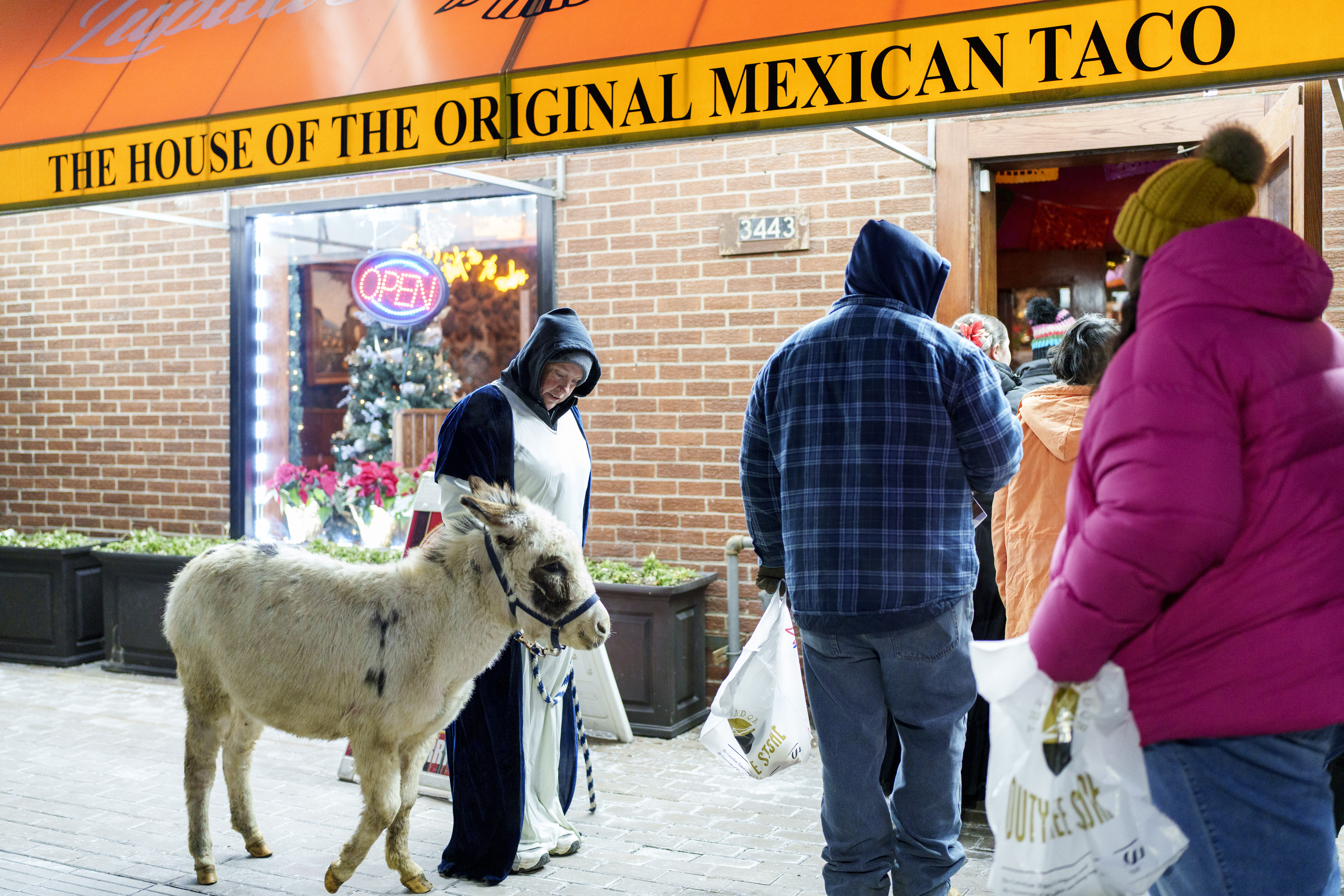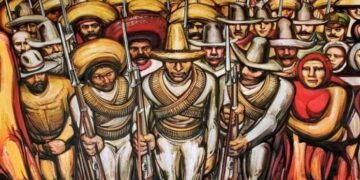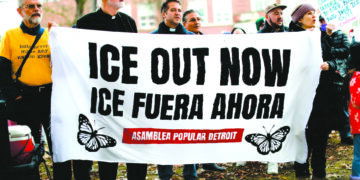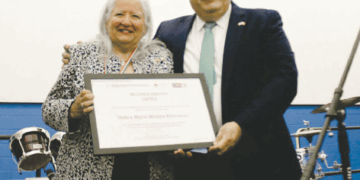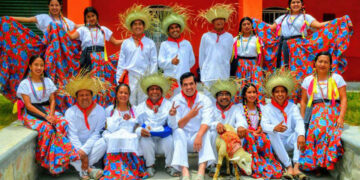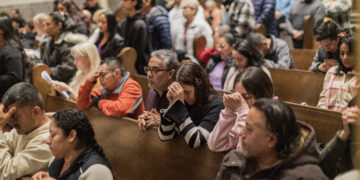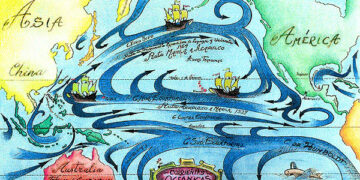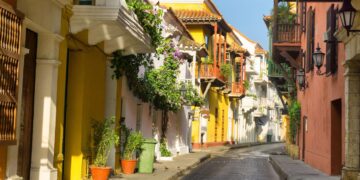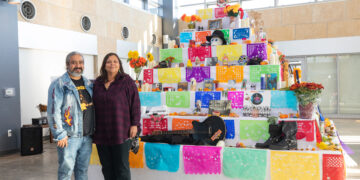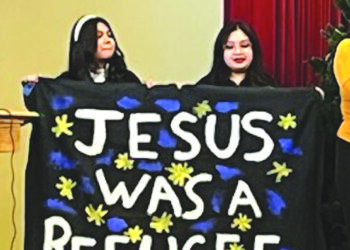Cuba is the largest of all the Caribbean islands, located between the Gulf of Mexico and the Atlantic Ocean. It is part of the Greater Antilles, the largest island, and has a population of approximately 11 million.
The country is organized into 15 provinces and the special municipality of Havana. It is well known for its beauty, which makes it a great tourist destination, as well as for its high-quality tobacco, magnificent music, and high academic standards.
Among its tourist destinations are Havana, Varadero Bay, the Pinar del Río region with its mountains, Tope de Collantes with its rivers and waterfalls, the magnificent beaches of the Trinidad region, and the spectacular city of Santiago de Cuba.
Cuba is one of the countries that generates the most questions for the Western world, especially due to the great talent of its people, their vast joy, great intelligence, and discipline.
Basilica of the National Sanctuary Of Our Lady Of Charity of Cobre

Year after year, on September 8, festivities are held in honor of Our Lady of Charity of Cobre in what is now Villa del Cobre. On May 10, 1916, Pope Benedict XV named her the Patron Saint of Cuba, and in 1977, Pope Paul VI elevated the Sanctuary to a Basilica. The Basilica’s construction features a symmetrical façade and three naves, including the dome. The side naves are topped by towers with bell towers at a lower level.
Villa del Cobre was founded in 1598 for those who worked in the Copper Mines, 16 kilometers from the city of Santiago de Cuba.
It is said that around 1610, the mine workers needed salt to preserve meat and other foods. In search of salt, the brothers Rodrigo and Juan Hoyos set out in a small boat headed for Nipe Bay, accompanied by Juan Moreno, their slave. Along the way, a storm broke out. Juan Moreno took out his medallion of the Virgin Mary and began to pray to her, asking her with great devotion for help through the storm. Upon seeing it, the Hoyos brothers joined in the prayers, and the storm ceased. The three were celebrating when, in the distance, they saw something floating. They decided to approach it and saw a small doll on a wooden board with her clothes dry and bearing a legend that read: “I am the Virgin of Charity.” The three took the statuette to the city of Barajagua, where they showed it to a government official named Don Francisco Sánchez de Moya, who then ordered the construction of a small chapel in her honor. However, it wasn’t until a young woman named Apolonia came across the statue atop a small hill that a church was built on a hill that was not easily accessible, making it a pilgrimage destination to receive miracles from Our Lady of Charity.
It is very common to ask Our Lady for miracles of love, lighting orange candles and offering sunflowers to her each month.
Cuba es el país más grande de todas las islas del Mar Caribe; ubicada entre el Golfo de México y el Océano Atlántico. Forma parte de las Antillas mayores, siendo la isla de mayor tamaño y con una población aproximada de 11 millones de habitantes.
El país está organizado en 15 provincias y el municipio especial de la Habana capital. Es muy conocida por su belleza lo que la hace un gran destino turístico, así como por su gran calidad de Tabaco, su magnífica Música y su gran nivel académico.
Entre sus destinos turísticos se encuentra La Habana, la bahía de Varadero, la región de Pinar del Río con sus montañas, Tope de Collantes con sus ríos y cascadas, sus playas magníficas de la región de Trinidad y la espectacular ciudad de Santiago de Cuba.
Cuba es uno de los países que generan más interrogantes para el mundo occidental, sobre todo por el gran talento de su gente con su vasta alegría, gran inteligencia y disciplina.
Basílica Menor Santuario Nacional de Nuestra Señora de la Caridad del Cobre

Año con año el 8 de septiembre se llevan a cabo las fiestas en honor a la Virgen Nuestra Señora de la Caridad del Cobre en la actual Villa del Cobre. El 10 de mayo de 1916 el Papa Benedicto XV la nombro Santa Patrona de Cuba y en 1977 el Papa Pablo VI elevó el Santuario a Basílica. La construcción de la Basílica cuenta con una fachada simétrica y posee tres naves, entre éstas, la cúpula, las naves laterales están rematadas por torres donde se enseñorean campanarios en un nivel más bajo.
La Villa del Cobre, fundada en 1598 para quienes trabajarían en las Minas de Cobre, a 16 kilómetros de la ciudad de Santiago de Cuba.
Cuentan que por ahí de 1610 los trabajadores de la mina requerían de la sal para conservación de la carne y otros alimentos. En busca de la sal, salieron en un pequeño bote rumbo a la Bahía de Nipe los hermanos Rodrigo y Juan Hoyos acompañados de Juan Moreno, su esclavo. En el camino irrumpió una tormenta, Juan Moreno sacó su medallita de la Virgen María y comenzó a orarle para pedirle con gran devoción que los ayudara a librar la tempestad, al mirarlo los hermanos Hoyos se le unieron en los rezos y la tormenta cesó. Los tres festejaban, cuando a lo lejos miraron algo que flotaba, decidieron acercarse y vieron a una muñequita sobre una tablilla de madera con sus ropas secas y una leyenda que decía: Soy la Virgen de la Caridad.
Los tres tomaron la estatuilla rumbo a la ciudad de Barajagua, donde se la mostraron a un funcionario gubernamental llamado Don Francisco Sánchez de Moya, quien luego ordenó que se construyera una pequeña capilla en su honor. Sin embargo, no fue sino hasta que una joven llamada Apolonia se encontró con la estatua en lo alto de una pequeña colina, donde se le erigió una iglesia en una colina a la que no era tan fácil acceder, considerándosele así un destino de peregrinación para recibir los milagros de la Virgen de la Caridad.
Es muy común pedírsele a la Virgen milagros de amor, encendiéndole velas naranjas y ofrendándole girasoles mes a mes.

